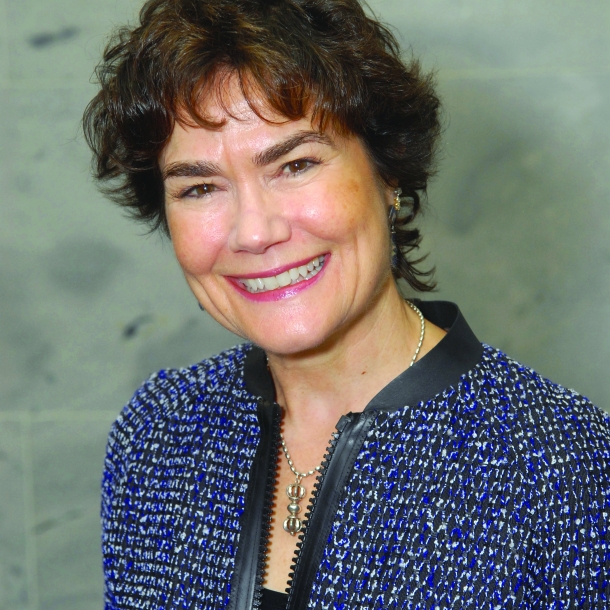Intergenerational solutions make sense, save money
Author
Upcoming Events
Related News

“I will never stop doing what I am doing when I see the difference it has made for young people — and for me.”
Intergenerational programs can be win-win-wins for counties enriching the lives of people at all ages and stages of life.
While recent nationwide surveys conducted for Generations United and The Eisner Foundation found the overwhelming majority of adults (77 percent) wish there were more opportunities in their community for people from different age groups to meet and get to know one another, very few say they know how to make these connections happen.
While people understand the value, they don’t have easy access to the venues that make intergenerational interaction possible.
As our population ages and diversifies, intergenerational shared sites and programs are a no-brainer we’ve made too complicated to easily replicate in counties around the country.
It’s time to revisit the rules and regulations that make it harder, not easier, to connect generations.
Why are there so few options when interest is so high?
A new brief by Generations United, by Dr. Shannon Jarrott of The Ohio State University and The Eisner Foundation, “Piecing It Together: What We Know About the Funding Puzzle for Spaces that Connect Young and Old,” tackles one piece of the puzzle. It aims to share what we currently know about funding and financing as well as the potential for cost savings from these programs.
It includes the findings from a 2008 preliminary study commissioned by Generations United that found programs cost less when older adult, youth and child services share expenses.
Intergenerational shared sites (places and spaces that serve and together engage young and older people) appear to have an economic advantage when it comes to staff recruitment and retention.
Several elder care facilities have opened on-site childcare as an employee benefit and quickly learned what a positive effect the children had on the older participants. Staff retention rates are considerably higher than in facilities that only serve an aging population.
Given the cost of staff recruitment and training, keeping staff longer helps the bottom line.
The financial benefits can be viewed in quality of life terms as well.
Studies have shown older adults in intergenerational programs feel more optimistic, take better care of themselves, score better on memory tests and find joy in the purpose they provide.
Younger participants also benefit from a sense of purpose and extra attention as well as learning soft skills like patience and tolerance.
Communities benefit as well, completing the win-win-win design.
For example, the Northland Foundation’s AGE to Age — an innovative, rural, grassroots program — uses a guided planning process designed for adults age 55 and older, along with youth.
Together, they identify unmet local needs and devise their own solutions. Along the way, bonds of friendship form and civic engagement grows by leaps and bounds.
So, what can counties do?
- Start small. Look for opportunities that exist. For example, several counties have co-located aging, family and children services yet the staff have never met to identify overlapping intergenerational intersections or opportunities in their work.
- Incorporate intergenerational language in funding opportunities, reports and community discussions. For example, the Dignity in Aging Act to reauthorize the Older American’s Act incorporates specific intergenerational language including calling on the Assistant Secretary for Aging to give preference to shared site programs such as co-located childcare and long-term care facilities
- Establish an intergenerational advisory council or host an intergenerational dialogue focused on envisioning our future county. Explore developing a “Community for All Ages” plan
- Consider supporting innovative housing models like Generations United’s “GrandDorm” that supports older adults aging in place through intergenerational homesharing or grandfamilies housing
Our country’s changing demographics — both in age and race — can be a community’s greatest asset.
Only by breaking down the artificial age silos, often created by funding and policy restrictions, can we turn the conversation about these changes from burden to benefit. If we do, counties will benefit because we are stronger together.
NACo has been a member of Generations United with a representative on the board for more than 20 years. The Honorable Gerry Hyland, retired Fairfax County, Va. supervisor, currently serves as NACo’s representative.

Attachments
Related News

USDA and HHS release new dietary guidelines
On January 7, U.S. Department of Agriculture Secretary Brooke Rollins and U.S. Department of Health and Human Services Secretary Robert F. Kennedy, Jr. unveiled the new Dietary Guidelines for Americans, 2025–2030.

County Countdown – Dec. 15, 2025
Every other week, NACo's County Countdown reviews top federal policy advocacy items with an eye towards counties and the intergovernmental partnership.
